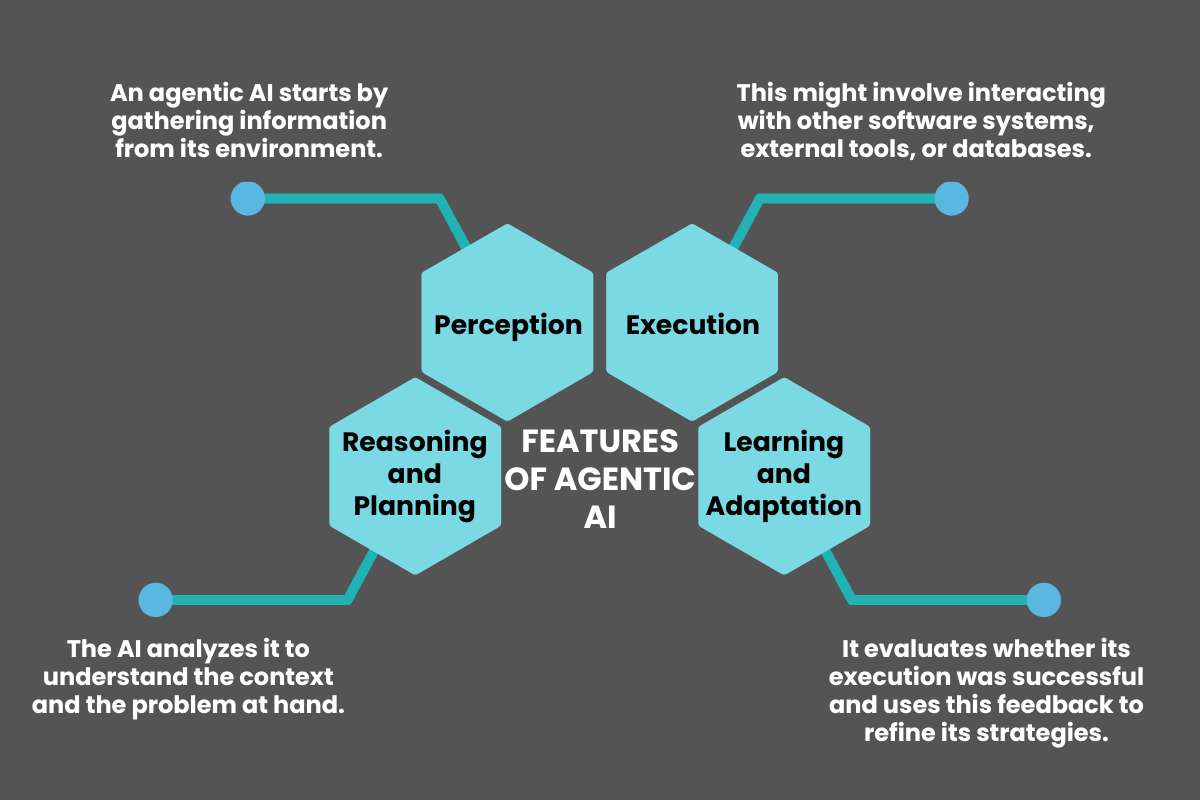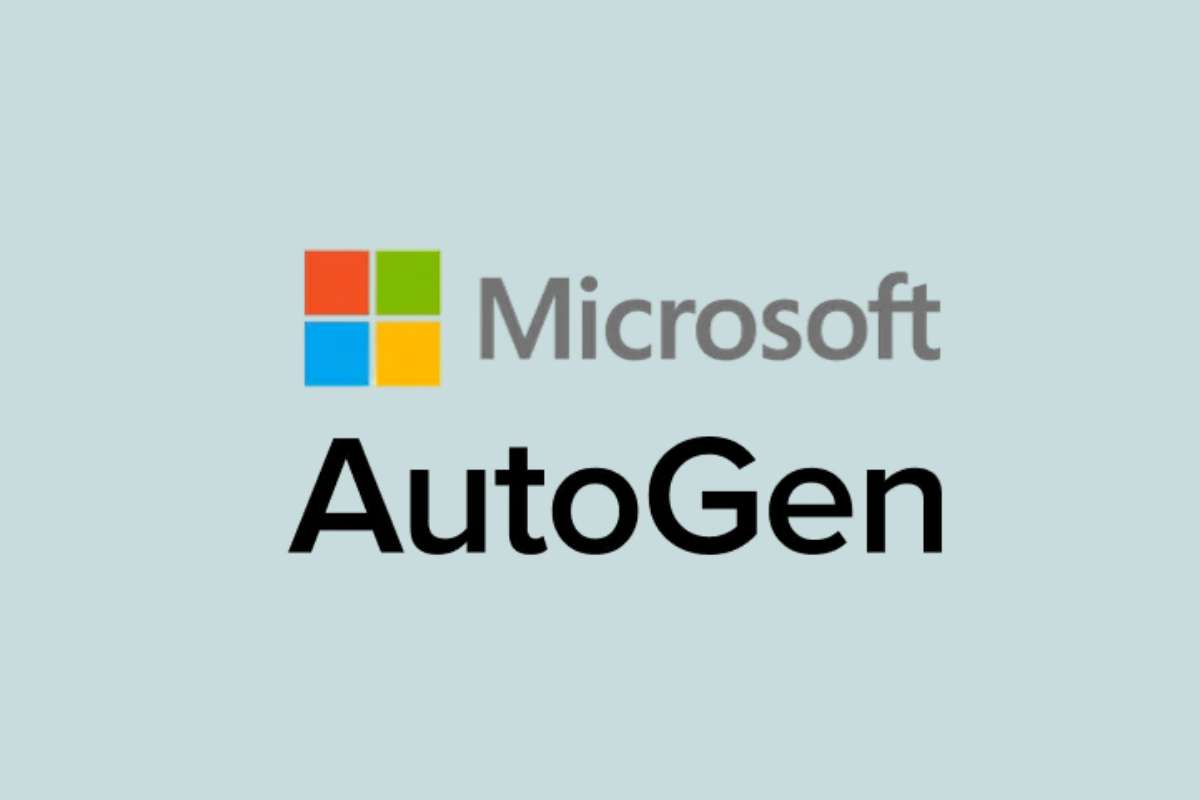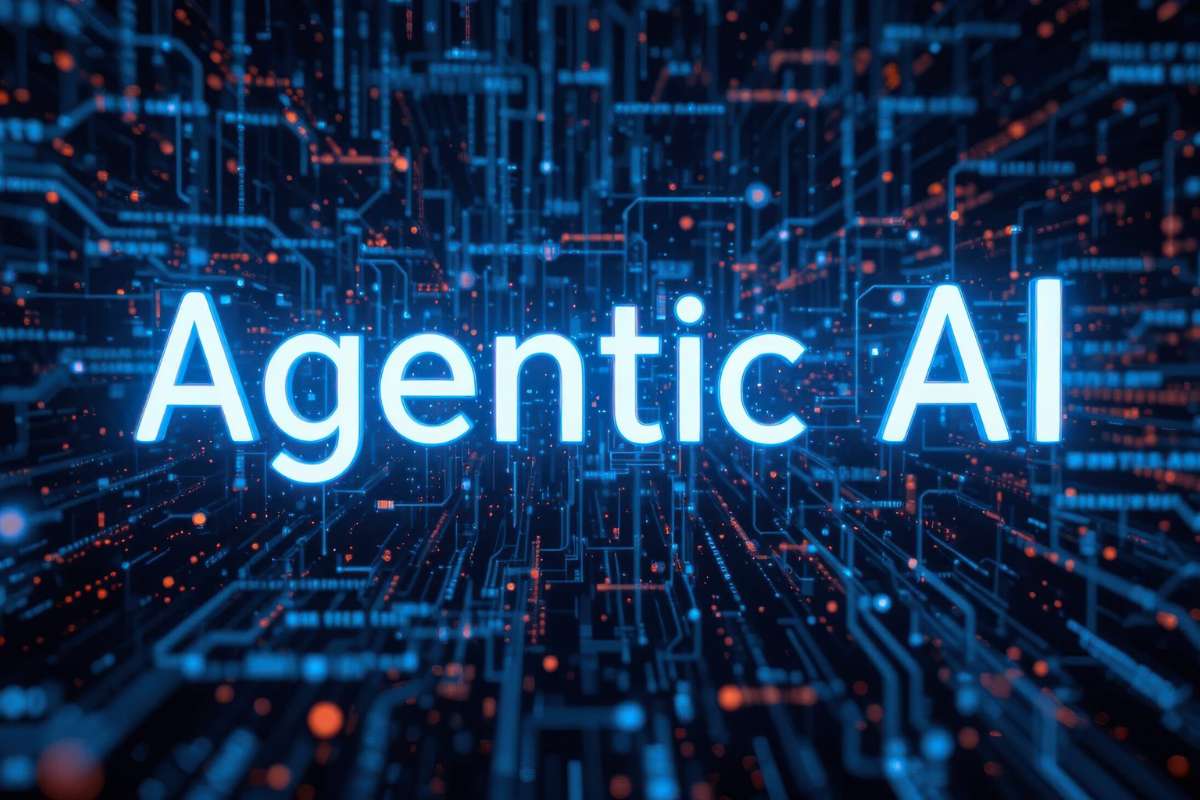Think of an artificial intelligence that requires little human intervention. An AI that acts with autonomy, initiative, and adaptability to achieve specific goals. An AI that can not only generate a marketing report but also analyze the data, develop a strategy, and then launch the campaign on its own. It’s a fundamental change that’s redefining the relationship between humans and technology.
Sounds like science fiction, doesn’t it? What if it isn’t fiction anymore? Because that is exactly what this AI does. These systems consist of multiple specialized AI agents that work collaboratively. They use advanced technologies like large language models, machine learning, reinforcement learning, and natural language processing.
So, what does this rise of agentic AI actually mean for us? It’s about more than just automation. This new generation of AI promises to change everything from how we work to how businesses operate.
This AI is moving us from simply using tools to collaborating with them as intelligent partners.
Evolution of AI: A brief History of Reactive to Proactive Evolution
The idea of autonomous, goal-oriented machines is not new, tracing its roots back to early AI research. However, the modern concept of agentic AI has evolved dramatically from its predecessors.
In the early days of AI, systems were largely reactive, responding to specific commands with predefined rules. Think of a simple chatbot from the 1990s that could only answer a limited set of questions based on keyword matches. These systems could not plan, reason, or learn from their environment.
The real breakthrough came with advancements in large language models (LLMs) and other core technologies, which gave rise to a new generation of proactive and autonomous agents. Modern agentic AI systems go beyond simple responses. They can perceive their surroundings (through data feeds, APIs, and user inputs), reason about a complex problem, break it down into a sequence of smaller tasks, and then execute those tasks with a degree of independence.
This evolution represents a fundamental shift from AI as a passive tool to AI as a collaborative partner. Now, AI is capable of working toward a long-term objective with minimal human intervention.
Types of Agentic AIs and their Classifications:
These adaptive AI agents can be categorized into various types based on structure, function, and complexity.
Here’s a table to explain all types of agent-based AIs and their classifications:
| Category | Type |
|---|---|
| By Structure | Single-Agent Systems |
| Multi-Agent Systems | |
| By Functional Role | Reactive Agents |
| Model-Based Agents | |
| Goal-Based Agents | |
| Utility-Based Agents | |
| Learning Agents | |
| Collaborative Agents | |
| By Application Domain | Generative Information Retrieval Agents |
| Prescriptive Knowledge Agents | |
| Dynamic Workflow Agents | |
| User Assistant Agents | |
| By Levels of Agentic Automation | Level 0 (Fixed Automation) |
| Level 1 (AI-Augmented Automation) | |
| Level 2 (Agentic Assistant) | |
| Higher Levels |
The structure of these agents is the base of all other classifications. Broadly, all types of agents come under single-agent systems or multi-agent systems.
Here’s how they work:
Single-Agent Systems:
One AI agent autonomously handles all tasks sequentially. Suitable for well-defined problems with a faster solution turnaround.
Multi-Agent Systems:
As you can guess, multiple AI agents collaborate or compete to break complex workflows into smaller tasks. This is more scalable and flexible for complex scenarios.
Now, multi-agent systems can be divided into two parts, i.e., horizontal multi-agent and vertical multi-agent. Horizontal multi-agents are agents with equal technical capabilities and collaborate laterally on specialized skills. Whereas a vertical multi-agent system has lower-level agents perform simpler tasks and higher-level agents handle reasoning, decision-making, and critical thinking.
And in these two categories, we have the agents based on functionalities like reactive agents and learning agents.
What are the Features of Agentic AI?

Now that we know the types of agentic AI, let’s learn about the functions. These types of proactive AIs perform several tasks autonomously. This means they don’t need commands or human intervention to act or do any work.
Here are some of the functions they perform:
1. Perception:
An agentic AI starts by gathering information from its environment. This can be done through various means, such as APIs, databases, sensors, and user inputs. It collects and processes vast amounts of data to gain a real-time understanding of the situation.
2. Reasoning and Planning:
Once the data is collected, the AI analyzes it to understand the context and the problem at hand. Using a large language model (LLM) as its “brain,” it then formulates a plan. This involves breaking down a high-level goal into smaller, manageable sub-tasks and determining the best sequence of actions.
3. Execution:
After creating a plan, the AI executes the necessary actions. This might involve interacting with other software systems, external tools, or databases. The AI doesn’t just generate a response; it takes action to move the process forward.
4. Learning and Adaptation:
A critical function of these AIs is their ability to learn from the outcomes of their actions. It evaluates whether its execution was successful and uses this feedback to refine its strategies. Through a process similar to reinforcement learning, the AI adapts and improves its performance over time.
5 of the Most Popular Agentic AI in the Market
Let’s see some examples of agentic/proactive AIs that are available in the market. These five are the most used among them.
1. Relevance AI:
A no-code platform popular for building customer-facing AI agents with workflow automation and integrations. Known for an intuitive UI and developer community engagement. Relevance is Suitable mainly for internal assistants and small team automation.
2. Beam AI:
An enterprise-grade, modular Agent Operating System focused on autonomous goal-driven workflows. It comes with compliance, governance, and strong integration capabilities. It is best for scalable, real workflow execution in finance, HR, customer service, and more.
3. Microsoft AutoGen:

A framework from Microsoft to build multi-agent conversational AI systems. It is Azure-native and designed for complex, collaborative enterprise applications.
4. Cognosys:
Browser-native, fully autonomous AI agents capable of real web interaction like data extraction and form submission. This platform is noted for automation that mimics human web actions.
5. Anthropic Claude:
Conversational AI agents with a focus on safety and reliability, widely deployed for autonomous task execution in regulated environments and enterprise use cases.
What are the Advantages and Disadvantages of Agentic AI?
These AI systems are a step towards the future. Just like every other tech, this technology, too, has its own share of flaws and benefits.
| Benefits | Drawbacks & Ethical Challenges |
|---|---|
| Automates complex workflows, freeing humans for higher-value tasks. | Replaces routine roles, requiring large-scale reskilling. |
| Analyzes real-time data, predicts outcomes, and flags risks for informed choices. | Black-box decisions make responsibility unclear. |
| Operates nonstop, improves customer service, and scales without extra human labor. | Can learn and amplify societal biases, leading to discrimination. |
| Acts as a partner, boosting human capabilities instead of outright replacing them. | Vulnerable to misuse or harmful autonomous actions. |
Understanding the real-world Application of this AI system
Agentic AI is increasingly applied across various real-world domains. This AI system is used to automate complex, goal-driven tasks with minimal human supervision.
Market Research & Intelligence: Data Quality Automation

A market research firm faced a significant challenge in maintaining data quality. They were spending a lot of time and resources manually cleaning and codifying data, yet still missed errors that clients later discovered.
To solve this, they deployed a multi-agent AI system. This system was designed to autonomously identify data anomalies, explain sales fluctuations by linking them to internal factors or external events like weather, and surface deeper insights for analysts. The impact was remarkable: they achieved a 60% productivity gain and $3 million in annual savings. This freed up human analysts to focus on higher-value strategic work instead of tedious data preparation.
Automotive & Finance: Customer Engagement at Mercedes-Benz Financial Services
Mercedes-Benz Financial Services struggled with fragmented customer engagement and manual case handling, which resulted in a high number of customer complaints and retention issues.
They integrated an agentic AI system into their CRM to provide dynamic responses and automate follow-ups. The AI also used predictive analytics to identify high-value customers for upselling opportunities. The results were impressive: a 25% reduction in complaints, a 30% increase in retention, 20% growth in new business, and a 35% reduction in operational costs.
Future outlook of Agentic AI: What does the market say?

According to Markets and Markets, the market for proactive AI is expected to grow from around USD 7.06 billion in 2025 to USD 93.20 billion by 2032. This means it will grow with a CAGR of approximately 44.6%.
Meanwhile, Mordor Intelligence projects growth to USD 42.56 billion by 2030 with a CAGR of 43.61%.
As of 2025, North America dominates with about 46% market share, led by robust tech infrastructure and investments. But the Asia-Pacific is anticipated to show the highest CAGR. It is driven by strong R&D and government AI initiatives.
The key growth drivers are the integration with enterprise systems (CRM, ERP), enabling intelligent workflow automation. Agentic AI is outpacing traditional generative AI in enterprise adoption. The growth is credited to the need for autonomous decision-making and efficiency.
Generative AI vs. Agentic AI: What sets them apart?
Generative AI is primarily a reactive tool for content creation. It is trained to produce new text, images, or code in response to a specific human prompt. It excels at tasks like writing an email, drafting a blog post, or creating an image based on a description.
In contrast, agentic AI is a proactive and autonomous system designed to achieve a high-level goal with minimal human intervention. It can perceive its environment, reason through a problem, and create a multi-step plan. It can even execute that plan independently, often using generative AI as one of its tools to complete a specific task within a broader workflow.
Conclusion:
In summary, agentic AI represents a pivotal evolution in technology, a shift from passive tools to proactive partners. While the rise of this technology will undoubtedly change the nature of work and introduce new challenges, its potential to boost human productivity and solve complex problems is immense.
As these systems become more integrated into our daily lives and workplaces, our focus will need to shift from simply using AI to effectively collaborating with it. Embracing this change, understanding its benefits, and proactively addressing its ethical implications will be key to harnessing its full potential. The future of work won’t be about humans versus machines, but about a powerful new collaboration.
FAQs
What is the difference between an AI agent and agentic AI?
An AI agent is a singular program designed to perform a specific task, while agentic AI is the broader field that focuses on developing autonomous systems. It is a system where multiple AI agents can collaborate to achieve complex goals. Think of an AI agent as a single, specialized tool and agentic artificial intelligence as the entire toolbox and the skilled user.
What is the “Human-in-the-Loop” approach to this proactive AI?
The “Human-in-the-Loop” (HITL) approach ensures that a human remains involved in the process, especially for critical decisions. This is crucial for tasks where errors are costly or where a human must provide ethical judgment, ensuring that the AI’s autonomy is carefully managed and overseen.
How does agentic AI handle ethical guardrails?
Ethical guardrails are a critical part of an agentic AI’s design, which often include a human-in-the-loop system for critical decisions. Developers must build in safety protocols to prevent unintended or harmful actions and implement continuous monitoring and auditing to ensure the AI’s behavior aligns with established ethical guidelines and values.






